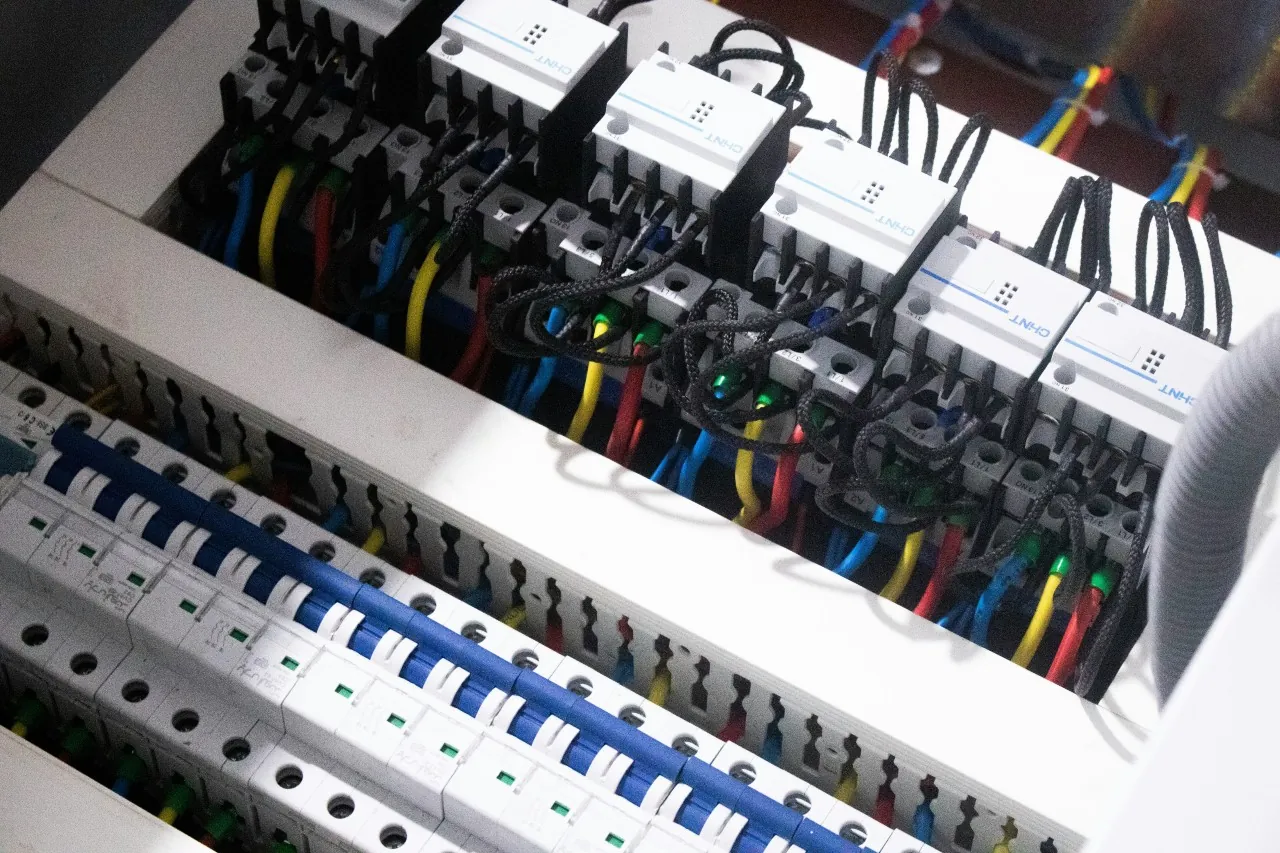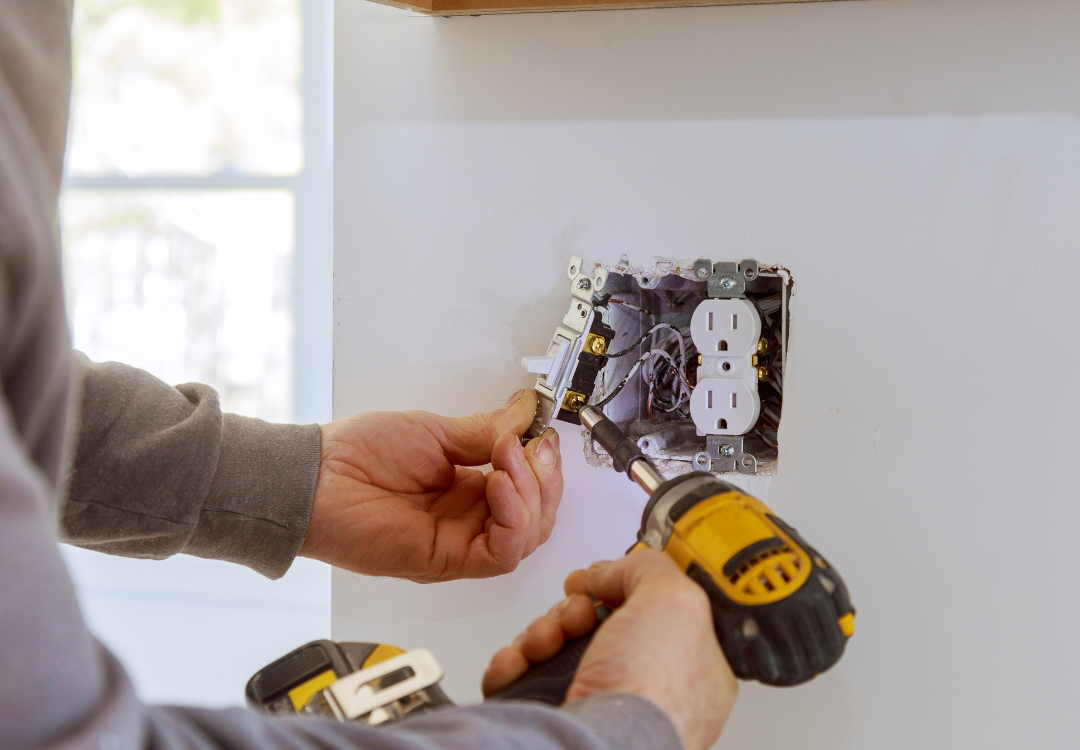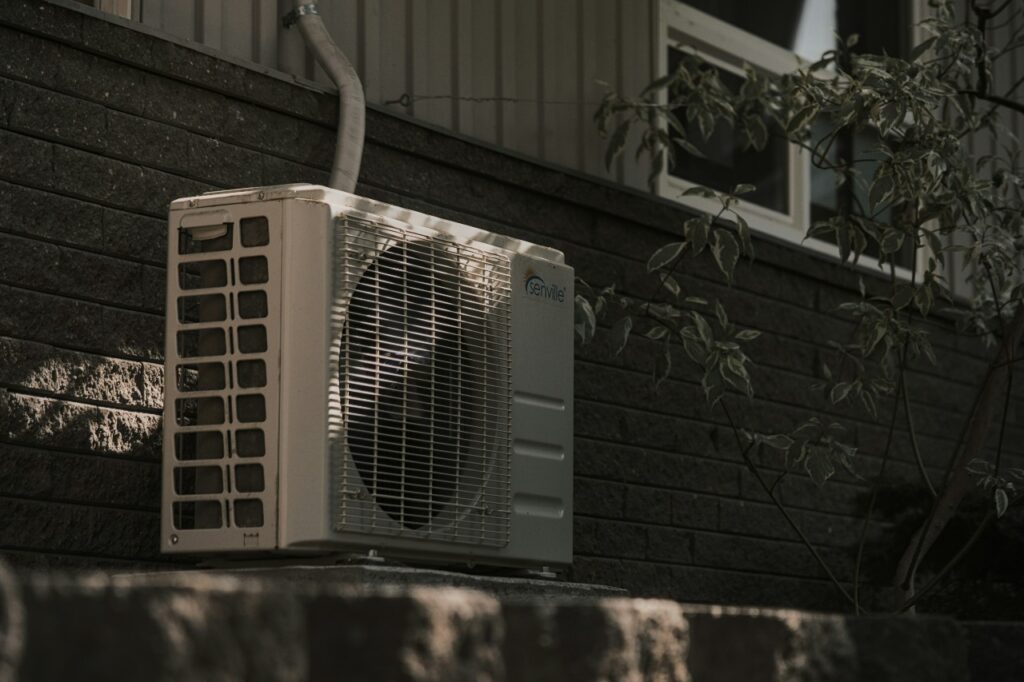What Trips a Circuit Breaker and why it can be dangerous?

Your home’s electrical system is built to protect you—and one of the key safety features is the circuit breaker. When it “trips,” it cuts off the electricity to a circuit in response to a problem, preventing overheating, fire, or electrical damage. But when it keeps happening, you’re left wondering, what trips a circuit breaker and how to fix it.
We’ll explain the top causes of breaker trips, and help you determine when to call a licensed electrician. If you’ve asked yourself, “what trips a circuit breaker?” more than once lately, you’re in the right place.
What Is a Circuit Breaker?
A circuit breaker is an automatically operated electrical switch designed to protect an electrical circuit from damage caused by overcurrent or short circuits. Unlike fuses, breakers can be reset once the issue is resolved.
They are typically located in your home’s main electrical panel and are labeled by area (e.g., kitchen, living room, HVAC). Understanding what trips a circuit breaker can help you react quickly and avoid recurring issues.
Keynotes: Electrical Safety in 2025
-
The average U.S. home experiences 20+ small power surges daily
-
Faulty wiring causes 67% of electrical fires in residential homes (NFPA)
-
Ground fault circuit interrupters (GFCIs) are required by code in wet areas
-
Most homes built before 1990 are due for panel inspections
-
Breaker issues account for 40% of emergency electrician calls annually
6 Common Reasons Why Your Breaker Keeps Tripping
1. Overloaded Circuit
This is the most common reason behind what trips a circuit breaker. An overloaded circuit occurs when too many devices draw power from the same line. This can happen in kitchens or living rooms where multiple appliances or gadgets are plugged into the same outlet.
2. Short Circuit
A short circuit happens when a hot wire touches a neutral wire, causing an excessive flow of electricity. This leads to overheating and tripping of the breaker. It’s dangerous and should be addressed immediately by a professional.
3. Ground Fault
This is similar to a short circuit, but it involves a hot wire touching a ground wire or grounded part of a system. Ground faults are a frequent answer to what trips a circuit breaker in wet areas like bathrooms and kitchens.
4. Arc Fault
Arc faults occur when electricity jumps from one connection to another. They’re often caused by damaged wires or loose connections and are a serious fire hazard. Newer homes often include arc fault circuit interrupters (AFCIs) to detect these.
5. Faulty Appliances
Sometimes the issue lies not in the wiring but in a malfunctioning device. A coffee maker, space heater, or air conditioner with internal problems may cause a breaker to trip repeatedly.
6. Breaker Issues or Age
Older breakers can become weak or faulty over time, causing them to trip more easily—even without a clear cause. If you’re unsure what trips a circuit breaker, and it’s not one of the above issues, the breaker itself might be to blame.
How to Troubleshoot a Tripped Circuit Breaker
If you’re wondering what trips a circuit breaker and want to try troubleshooting safely, here are some steps to follow:
Step 1: Identify the Tripped Breaker
Open your electrical panel and look for a breaker that’s in the OFF position or stuck between ON and OFF.
Step 2: Unplug Devices
Before resetting the breaker, unplug all devices on the affected circuit. This helps prevent immediate re-tripping.
Step 3: Reset the Breaker
Firmly push the breaker to OFF, then back to ON. If it stays in place, you’ve temporarily solved the issue. If it trips again, there’s a deeper problem.
Step 4: Plug In Devices One at a Time
Gradually plug items back in. If one specific device trips the breaker, it’s likely the source.
If you still don’t know what trips a circuit breaker in your home, it’s time to call a licensed electrician.
When to Call a Professional
There’s a difference between a one-time trip and a repeated issue. You should contact an electrician if:
-
A breaker trips multiple times for the same area
-
You smell burning or see scorch marks
-
Resetting the breaker doesn’t restore power
-
You’re unsure about your home’s electrical load or safety
Knowing what trips a circuit breaker is helpful, but solving the root issue safely requires expertise.
Need help? Contact Michael Bonsby for licensed electrical inspections and repairs in Maryland and Northern Virginia.
Preventing Circuit Breaker Trips in the Future
Once you’ve identified what trips a circuit breaker, you can take steps to prevent future problems:
-
Avoid overloading outlets
-
Distribute power-hungry devices across multiple circuits
-
Install GFCIs and AFCIs where needed
-
Replace aging appliances and power strips
-
Schedule electrical inspections every few years
Prevention goes hand-in-hand with safety. Understanding your system now can prevent damage later.

FAQs About What Trips a Circuit Breaker
What does it mean if a breaker keeps tripping?
It means there’s either a wiring fault, overload, or a malfunctioning device on the circuit. It’s your system’s way of preventing fire or damage.
Can I just replace a breaker myself?
It’s not recommended unless you’re a licensed electrician. You could risk electric shock, improper installation, or code violations.
Is it dangerous if my breaker keeps tripping?
Yes. Repeated trips can signal serious electrical faults. It’s best to stop using the circuit and contact a professional.
Will replacing appliances fix the issue?
Possibly. If a faulty appliance is overloading or shorting the circuit, replacing it may resolve the issue.
How much does it cost to fix a tripping breaker?
Repairs can range from $150 for a simple fix to $2,000+ if a full panel upgrade is required. Diagnosis is the first step.
Final Thoughts
If you’ve found yourself repeatedly wondering what trips a circuit breaker, the answer is usually one of several common causes—most of which are serious enough to warrant professional help. From overloaded circuits to aging equipment, these issues shouldn’t be ignored.
Don’t wait for a minor nuisance to turn into a major hazard. Michael Bonsby’s licensed electricians are here to help you stay safe, save money, and keep your home running smoothly.
📞 Schedule your inspection today to get expert answers about what trips a circuit breaker in your home.
Contact Us Today Full Width



